Roadside blooms in June
Iris GW
17 years ago
Related Stories
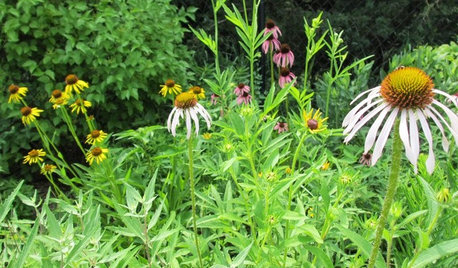
FLOWERSGet Coneflower Blooms All Summer Long
Plant these 5 native species to bring beauty to the garden — and pollen to the insects — from June through August
Full Story
GARDENING GUIDESPacific Northwest Gardener: What to Do in June
Now's the time to prune pines and vines, prevent pests and buy June-blooming plants to keep your garden healthy and beautiful
Full Story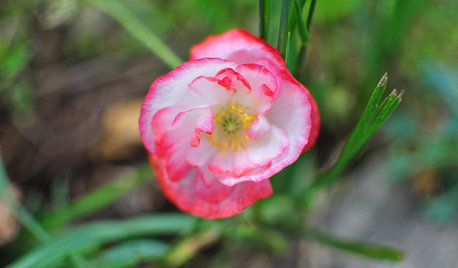
GARDENING GUIDESMid-Atlantic Gardener: What to Do in June
Abundant sun is yielding bountiful blooms in the garden this month, but don't forget to watch for pests, package some seeds and plan ahead
Full Story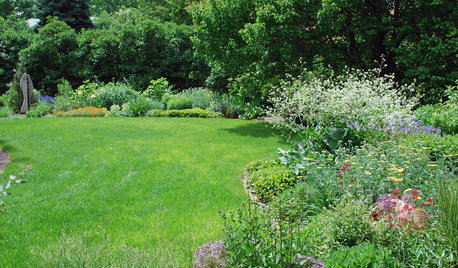
GARDENING GUIDESRocky Mountain Gardener: What to Do in June
Join the edible-garden club, deadhead spring-blooming plants around the landscape and make sure to fit in an inspiring garden tour
Full Story
GARDENING GUIDESGreat Design Plant: Amelanchier Signals Spring With Airy White Blooms
With roughly 20 species of serviceberry native to the U.S., bees can feed on the early-season blooms while birds enjoy the summer berries
Full Story
GARDENING GUIDESGreat Design Plant: Ceanothus Pleases With Nectar and Fragrant Blooms
West Coast natives: The blue flowers of drought-tolerant ceanothus draw the eye and help support local wildlife too
Full Story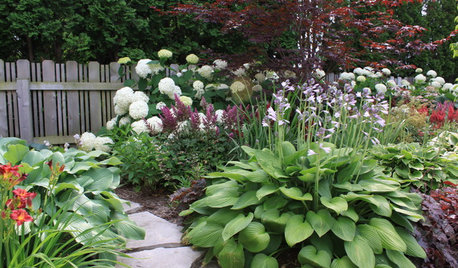
MOST POPULARSpring Gardens Are Blooming — Here’s What to Do in April
Get the guide you need for gardening in your U.S. region, with tasks, climate-appropriate plantings and more
Full Story
HOUSEPLANTSHow to Force Amaryllis Bulbs Indoors
Enjoy vibrant red blossoms even as gardens turn snowy white, by teaching this hardy repeat performer to ignore the calendar
Full Story
GARDENING GUIDESTop 12 Summer-Blooming Perennials for Deer-Resistant Drama
Can you have garden color, fragrance and exciting foliage with hungry deer afoot? These beauties say yes
Full Story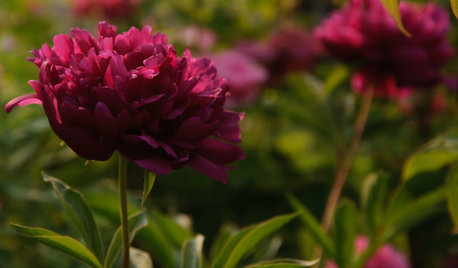
REGIONAL GARDEN GUIDESGreat Lakes Gardener's June Checklist
Hear the berries beckoning? Pluck them while enjoying the wealth of garden blossoms and maybe kicking out a few bugs this month
Full Story0







efam
nosyrosie
Related Professionals
Surprise Landscape Contractors · Bainbridge Island Landscape Contractors · Brunswick Landscape Contractors · Dickinson Landscape Contractors · Dudley Landscape Contractors · La Verne Landscape Contractors · Northlake Landscape Contractors · Memphis Fence Contractors · Newington Fence Contractors · Savage Fence Contractors · Marietta Window Contractors · Brooklyn Window Contractors · Clark Window Contractors · Miami Springs Window Contractors · Lindenhurst Window Contractorsnancybea
wanna_garden
wanna_garden
wanna_garden
Iris GWOriginal Author
buford
bamadave
wanna_garden
Iris GWOriginal Author
GAAlan
bamadave
quirkyquercus
Iris GWOriginal Author
quirkyquercus
wanna_garden
wanna_garden
Iris GWOriginal Author